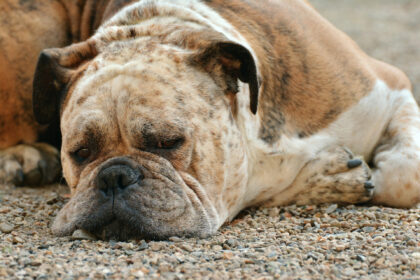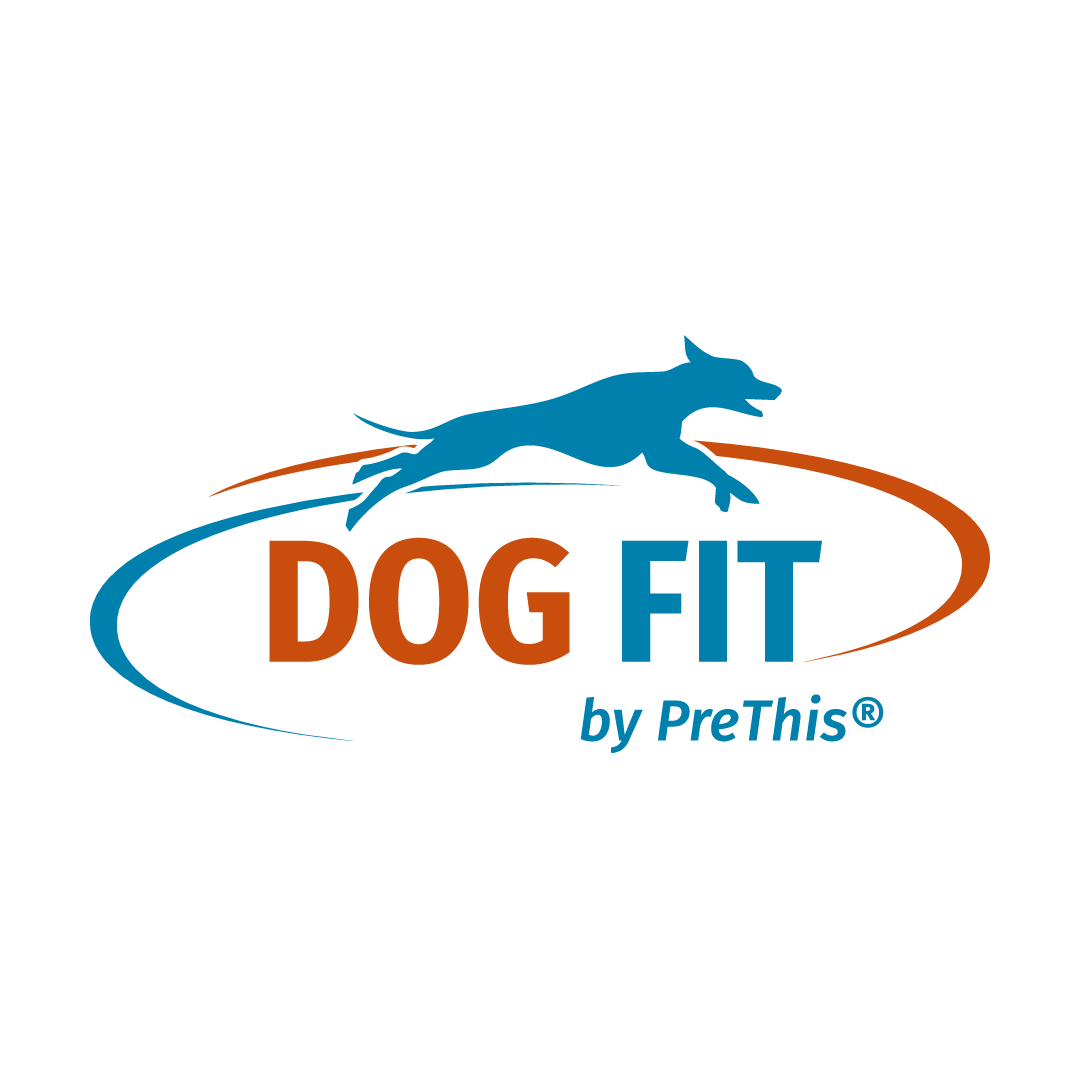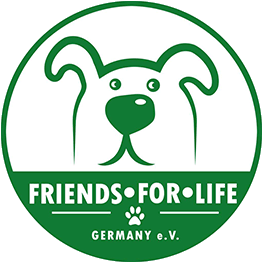 More and more dogs are overweight. Even if a “chubby” dog sometimes looks cute, excess weight is often a serious health problem for the affected dog. That’s why it’s important to recognize the causes, resolve problems and ensure that the dog gets the healthy and active life it deserves.
More and more dogs are overweight. Even if a “chubby” dog sometimes looks cute, excess weight is often a serious health problem for the affected dog. That’s why it’s important to recognize the causes, resolve problems and ensure that the dog gets the healthy and active life it deserves.
Diet alone is not a solution
If a dog is fat, you just have to reduce the daily portion of food and the problem is solved. Some say. Unfortunately, it’s not quite that simple. Because the causes of obesity often lie deeper.
The choice of food
One reason is often unsuitable food: If the food is not tailored to the animal’s needs, for example because the calorie content is too high or because leftover food from the table is given instead of dog food, then the dog quickly gains weight. but can still suffer from a lack of important nutrients. Simply reducing the feed does not solve the problem of nutrient deficiency. Instead, it makes sense to work with a nutritionist (veterinarians usually lack this important additional training) to determine the dog’s realistic nutrient content and then implement this consistently. It depends, among other things, on the activity level, breed and size of the dog.
How do you feed?
If the dog is too fat, there is usually another problem: the type of feeding. Although in most cases it does not matter in principle whether a dog is fed once or twice a day, with irregular feeding concepts it is often more difficult to keep an eye on the appropriate amount of food. In addition, many dogs are given food far too often out of misunderstood affection, a treat here, a treat there, plus a small delicacy – this type of feeding is the quickest way to an overweight dog. If weight problems arise, it is therefore best to introduce fixed feeding times (and of course quantities!) and to replace reward treats with small play or petting sessions as a reward. When feeding, please also remember that the recommended amounts on the food packages are theoretical values and are not necessarily appropriate for every dog.
Exercise offer
Just like with humans, when it comes to losing weight, it’s not just about diet for dogs. The second important factor in weight control is exercise in animals. Of course, how much exercise a dog needs depends on many different factors: breed, size and activity needs are just a few aspects. In general, it can be said that a normal dog with no health problems should have at least 2 hours a day for walks. While short-legged dogs and toy dogs should go for several short walks of 15-30 minutes, for larger breeds it is definitely appropriate to plan two long walks of at least an hour. Species that particularly like to run, such as huskies, greyhounds or hunting dogs, should be exercised even more and, above all, faster, preferably by bike, on a dog scooter or while jogging. In addition to regular walks, playing together should also be part of the exercise program: It’s fun, improves fitness, strengthens bonds and not only helps the dog lose the pounds. Please keep in mind, however, that exercise can be very strenuous and damaging to the joints for a very overweight dog: At the beginning, you should only increase the exercise units slowly so that the health problems that come with being overweight do not become worse through excessive training. < /p>
Health consequences of being overweight
Excess weight also poses health problems for the dog. Being overweight puts a strain on the cardiovascular system, the musculoskeletal system and much more. Common complications of obesity in dogs are:
- Canine diabetes (diabetes in dogs)
- Cardiovascular disorders
- Joint diseases and diseases of the musculoskeletal system
- Intervertebral disc problems
- Disorders of liver function
In the long term, this multifaceted health burden can only be permanently prevented through consistent weight reduction. However, there is also sudden weight loss and extreme dietscan have harmful effects on your health, it is advisable to approach the path to your ideal weight gradually. In order to keep the health risks caused by excess weight as low as possible, appropriate measures can be taken: Joint health at risk due to excess weight can be strengthened with the high-quality joint products from DOG FIT.
The path to your ideal weight should therefore lead to a healthy, balanced diet and lots of exercise. However, it’s even better if you don’t allow the dog to get too fat in the first place. Because slim dogs are healthier, more active and have a longer life expectancy than fat dogs. And that’s exactly what we want for our four-legged friends, right?

Every day we experience the wonders of nature with our dogs. This inspiration is the basis for our lives and our products. In our magazine we share with you our passion for these wonderful animals. Visit our socials and become part of the DOG FIT community.


Leave a Reply